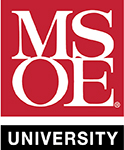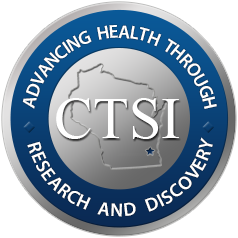STAT5 regulation of BCL10 parallels constitutive NFkappaB activation in lymphoid tumor cells. Mol Cancer 2009 Aug 26;8:67
Date
08/28/2009Pubmed ID
19709433Pubmed Central ID
PMC2741462DOI
10.1186/1476-4598-8-67Scopus ID
2-s2.0-70350087559 (requires institutional sign-in at Scopus site) 30 CitationsAbstract
BACKGROUND: Signal Transducer and Activator of Transcription 5 A and B (STAT5) are key survival factors in cells of the lymphoid lineage. Identification of novel, tissue-specific STAT5 regulated genes would advance the ability to combat diseases due to aberrant STAT5 signaling. In the present work a library of human STAT5 bound genomic elements was created and validated.
RESULTS: Of several STAT5 responsive genomic regulatory elements identified, one was located within the first intron of the human BCL10 gene. Chromatin immuno-precipitation reactions confirmed constitutive in vivo STAT5 binding to this intronic fragment in various human lymphoid tumor cell lines. Interestingly, non-phosphorylated STAT5 was found in the nuclei of Kit225 and YT cells in the absence of cytokine stimulation that paralleled constitutive NFkappaB activation. Inhibition of the hyperactive JAK3/STAT5 pathway in MT-2 cells via the Mannich-base, NC1153, diminished the constitutive in vivo occupancy of BCL10-SBR by STAT5, reduced NFkappaB activity and BCL10 protein expression in a dose dependent manner. Moreover, depletion of STAT5 via selective antisense oligonucleotide treatment similarly resulted in decreased BCL10 mRNA and protein expression, cellular viability and impaired NFkappaB activity independent of IL-2.
CONCLUSION: These results suggest that the NFkappaB regulator BCL10 is an IL-2-independent STAT5 target gene. These findings proffer a model in which un-activated STAT5 can regulate pathways critical for lymphoid cell survival and inhibitors that disrupt STAT5 function independent of tyrosine phosphorylation may be therapeutically effective in treating certain leukemias/lymphomas.
Author List
Nagy ZS, LeBaron MJ, Ross JA, Mitra A, Rui H, Kirken RAMESH terms used to index this publication - Major topics in bold
Adaptor Proteins, Signal TransducingB-Cell CLL-Lymphoma 10 Protein
Binding Sites
Blotting, Western
Cell Line
Cell Line, Tumor
Cell Survival
Chromatin Immunoprecipitation
Dose-Response Relationship, Drug
Electrophoretic Mobility Shift Assay
Gene Expression Regulation, Neoplastic
Genomic Library
Humans
Interleukin-2
Janus Kinase 3
Lymphoma
Mannich Bases
NF-kappa B
Oligodeoxyribonucleotides, Antisense
Phosphorylation
Protein Binding
Response Elements
Reverse Transcriptase Polymerase Chain Reaction
STAT5 Transcription Factor
Signal Transduction









